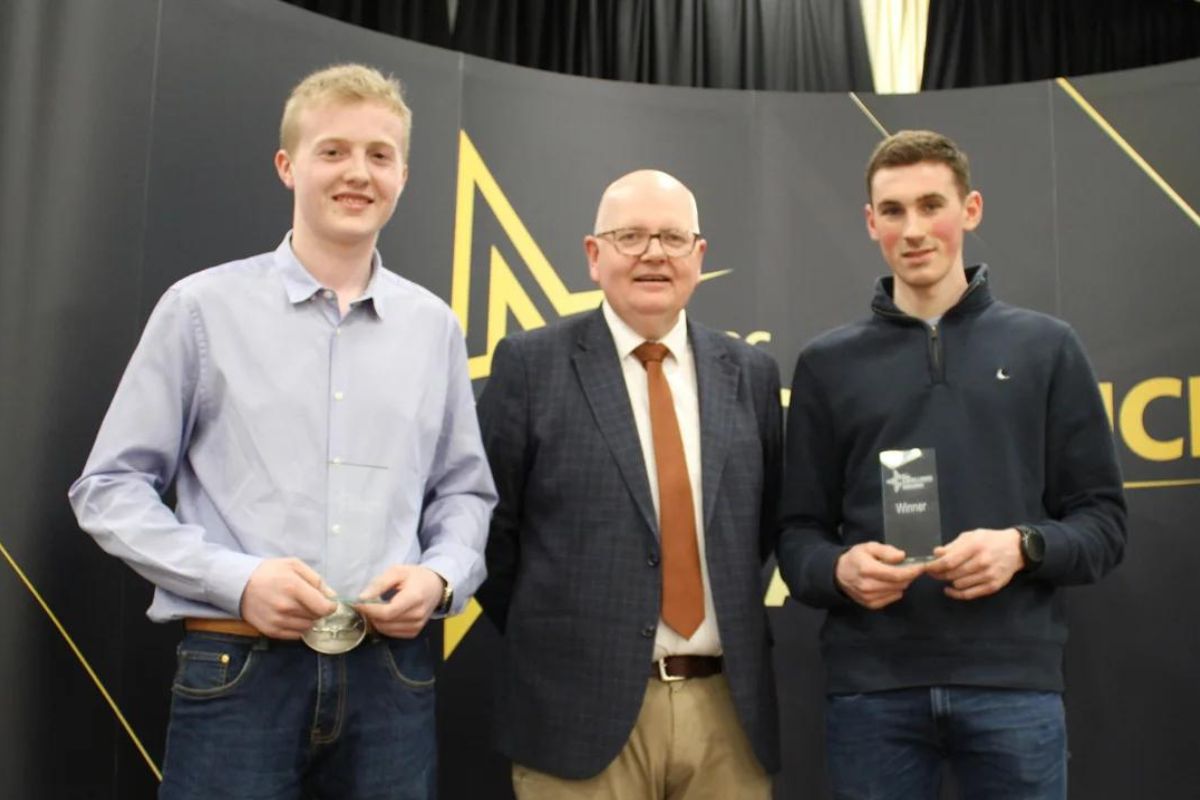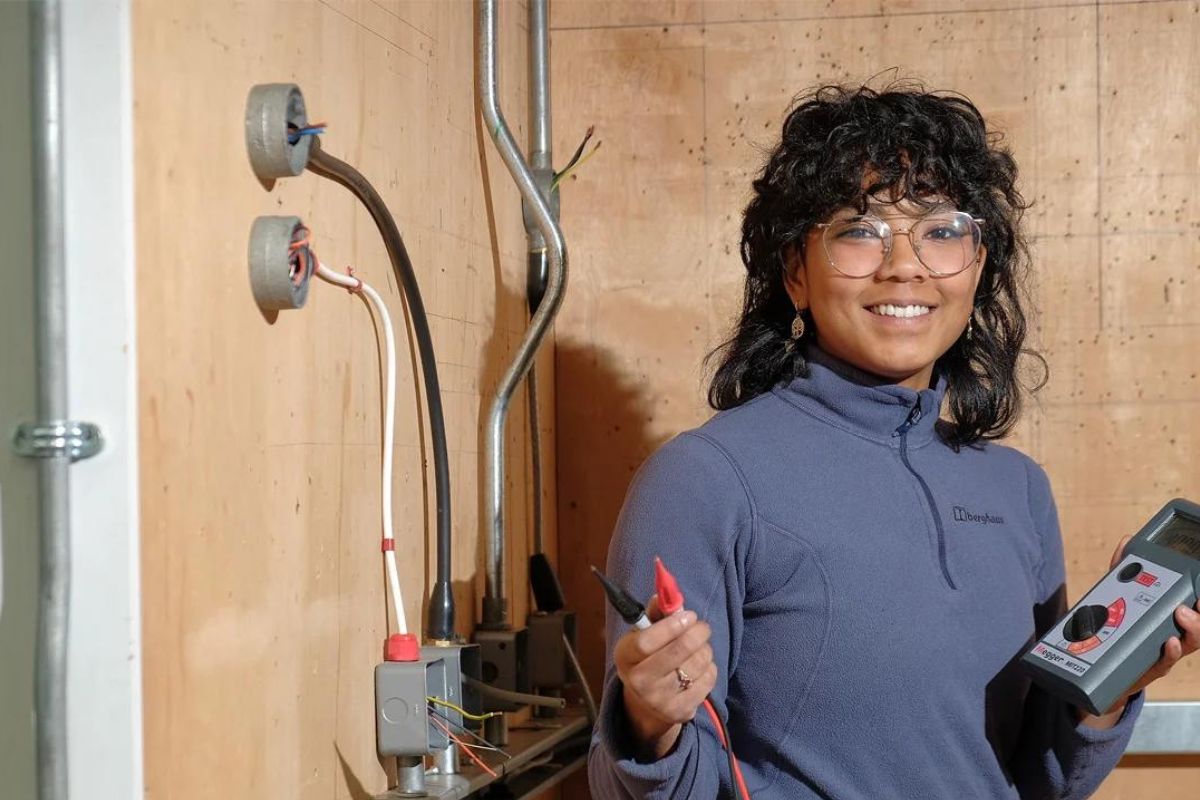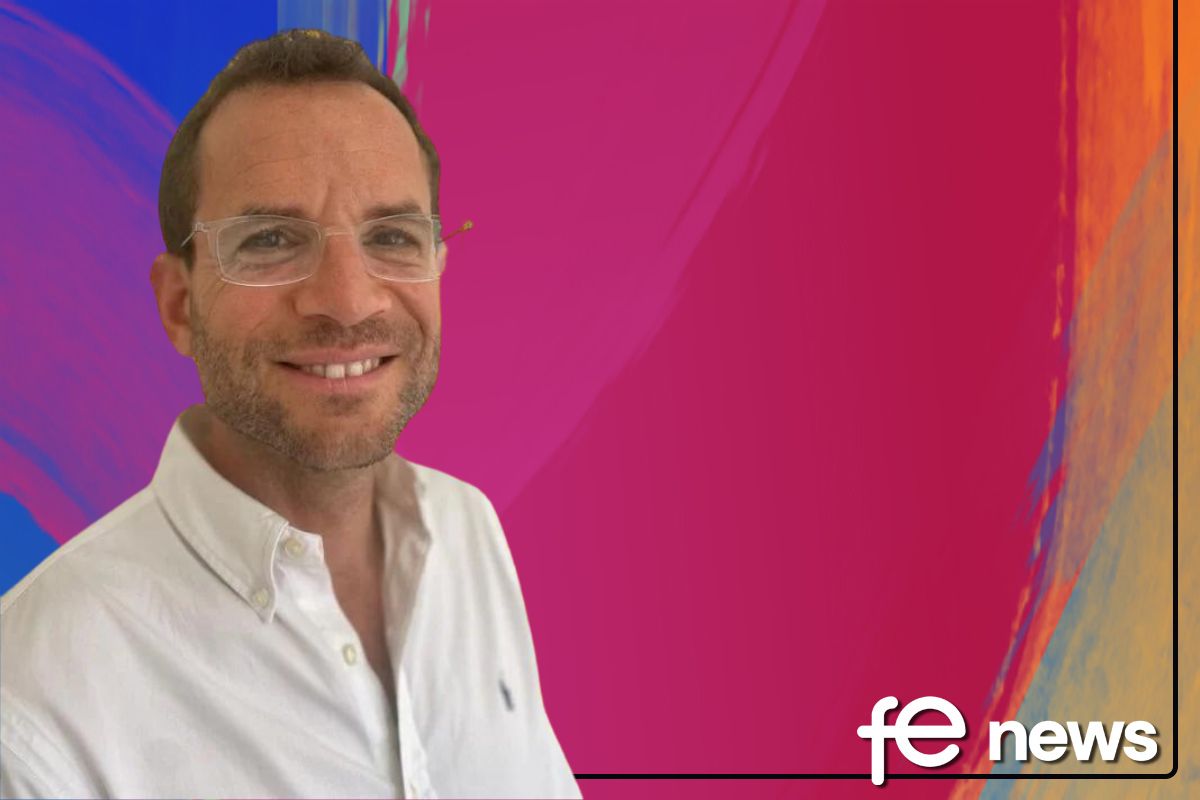Looked after children over two grades behind peers in wake of pandemic

New analysis by the Education Policy Institute reveals growing attainment gaps between children in the social care system and their peers, in the wake of the pandemic.
Key findings:
Growing numbers of children have experienced social care at some point in the previous six years. Among Year 11 pupils in 2021:
- 12.7% of pupils (71,100 children) were classified as children in need without a child protection plan, up from 10.7% of pupils in 2014.
- 2.2% of pupils (11,200 children) were classified as children in need with a child protection plan, up from 0.6% in 2014.
- 1.7% of pupils (8,300 children) were classified as looked after children, having risen from 1.4% in 2014.
While progress was made between 2014 and 2019 in closing the attainment gap faced by these pupils, the gap has since widened in the wake of the pandemic:
- Looked after children faced an attainment penalty of 2.3 grades at GCSE in 2021; having increased from 2.2 grades in 2019.
- Children in need with a child protection plan faced an attainment of penalty of 2.1 grades at GCSE; having increased from 1.9 grades in 2019.
- Children in need without a child protection plan faced an attainment penalty of 1.6 grades at GCSE; having increased from 1.4 grades in 2019.
Levels of socioeconomic disadvantage are far higher among children in social care and have risen further since the pandemic for the groups with more acute needs. In 2021:
- Among children in need with a child protection plan, 78% were eligible for free school meals in the previous six years (compared to 77% in 2019).
- For looked after children, 61% were eligible for free school meals in the previous six years (compared to 59% in 2019).
- For children in need without a child protection plan, 54% were eligible for free school meals in the previous six years (unchanged from 2019), compared to just 19% of their peers.
Emily Hunt, Associate Director at the Education Policy Institute, said:
“These figures paint a worrying picture of the increasing number of children who are falling into social care. These children are often some of the most vulnerable within the education system. This reversal of the good progress made in gap-narrowing between 2014 and 2019 should be concerning to government and policymakers. It is clear that we need a cross government strategy that addresses the scale and nature of the challenges facing the most vulnerable in society – including tackling poverty and the
growing mental health crisis among young people.”
Sector Response
James Bowen, assistant general secretary for school leaders’ union NAHT, said:
“Vulnerable children and those from disadvantaged backgrounds have disproportionately suffered from funding cuts to schools and services over the last decade, and have been impacted harder by the pandemic and the cost-of-living crisis.
“This research suggests that despite schools and their staff going and above and beyond to help, Covid hit these pupils particularly hard – not because they were less motivated than their more affluent peers, but due to additional barriers faced by families in these communities.
“Schools do their best to support pupils, but they cannot do this alone. The government refused to properly fund the Covid recovery plan proposed by its own education recovery tsar, failing the children and young people who need help the most.
“Current financial pressures mean many schools will be unable to continue offering extra tutoring to pupils who need it most as government subsidies are reduced.
“The government must do far more if it is serious about tackling inequalities, investing much more in both schools and community services like social care and mental health which are so important in supporting pupils and helping them to progress in their learning and education.
“Without this, inequalities will persist, and schools will continue to find it difficult to close this unjust attainment gap.”











Responses